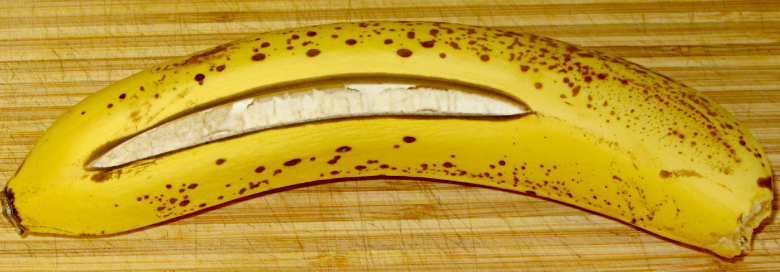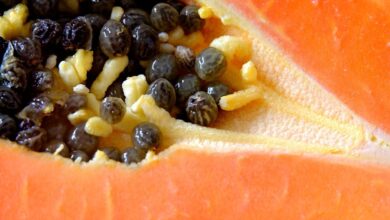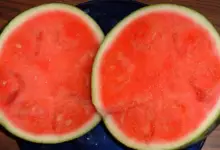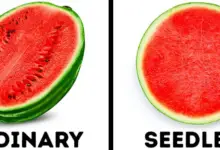Are Bananas With Split Skins Safe To Eat?

Bananas are a favorite fruit for many people. They are bright yellow, have a sweet taste, and are easy to eat on the go. However, sometimes you might see bananas with their skins starting to split open. This might make you wonder if they are still okay to eat. Let’s look into this more closely.
Table of Contents
Why Do Banana Skins Split?
When bananas get ripe, the starch inside turns into sugar. The peel gets softer and can’t always hold in the soft fruit, so it might tear or split, especially where it’s weak.
A split banana skin is just a sign that the banana is getting ripe, not that it’s bad. Sometimes bananas with spots or brown skins can be too ripe, even if the peel isn’t split. On the other hand, a banana with a split but clean peel might be just right to eat.
Checking If Split Bananas Are Okay to Eat
When you have a banana with a split skin, look at it carefully. If the skin around the split is very dark or black, it might be rotten. If there’s a lot of juice coming out of the split or it smells bad, that’s not a good sign either.
But if the split is clean and the banana inside is yellow or has a few spots, it’s likely fine. A split by itself doesn’t make a banana bad to eat. If the peel has let bad things from outside get into the banana or if it looks spoiled inside, throw it away.
What Matters: Time and How You Keep Bananas
How long a banana with a split skin has been out can affect whether it’s good to eat. Bananas get ripe faster in warm places. If you leave a split banana out, it can go bad faster than if it’s cold.
Usually, bananas last longer if they’re kept cool. But if you put a banana with a split in the fridge, it might get moldy where it’s damaged. If there’s only a small split, you could put it in the fridge if you’ll eat it soon. If the split is bigger, it’s best to keep it somewhere cool but not cold.
Simple Advice for Split Bananas
Here’s a simple tip for deciding about split bananas:
- If there’s a small or medium split and the banana looks okay – It’s safe to eat if you keep it cold and eat it within a couple of days.
- If the peel is split a lot, like 25% or more – It’s probably better to throw it away because it might be too ripe or dirty.
- If the banana inside looks wrong or has liquid coming out – Don’t eat it. It’s starting to spoil.
Use your eyes and nose to decide. If the banana looks and smells fine, except for the split, it’s okay. Throw it away only if you see or smell signs of it being rotten.
Ways to Enjoy Split Bananas Safely
If the banana under the split skin is still good, you don’t have to waste it. Here’s how you can still use split bananas:
- If the splits are not big, you can just peel the banana and eat it as is.
- Make banana bread or put the banana in a smoothie. Cooking or mixing will kill any germs on the surface.
- Create “nice cream” by mashing the banana and freezing it. This also stops germs.
- Add it to oatmeal or yogurt, but don’t eat the skin because it might have mold.
If you put split bananas in the fridge and use them quickly, they are still good to eat in these ways. If you store and handle them well, you can enjoy split bananas without any problems. So, remember not to just look at the outside of the banana. Check the inside too!







